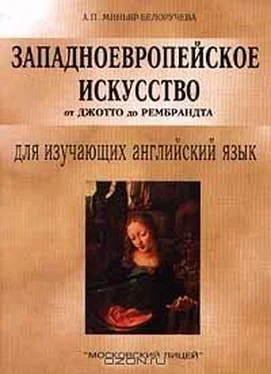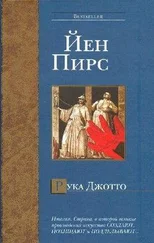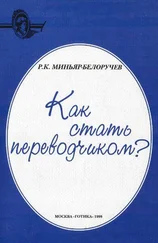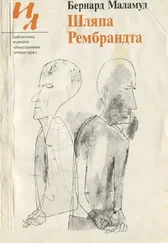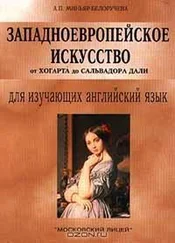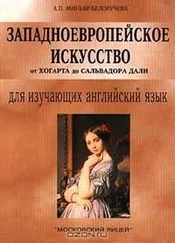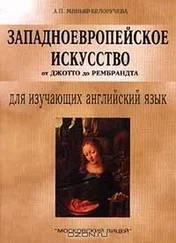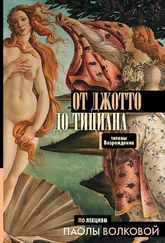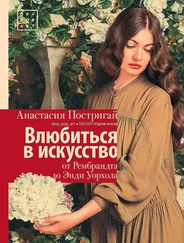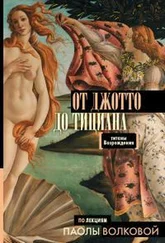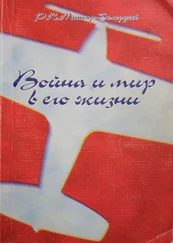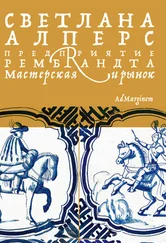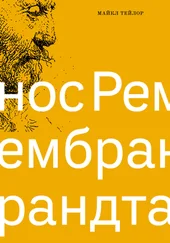Leonardo da Vinci was born in Tuscany. By 1469 he was Verrocchio's apprentice. In Verrocchio's workshop Leonardo obtained the best education of his time.
The Adoration of the Magi is Leonardo's first masterpiece. It was commissioned in 1481 for a church outside Florence. It was, never carried any further than the monochrome underpaint Leonardo used the pyramidal composition. The groups are based on the actions of the component figures and dissolve as soon as they move. Leonardo did not know it, but this discovery was made in Greece in the 5-th century B. C. In this work Leonardo started with the moment of feeling, form came next.
The Madonna of the Rocks , of 1483, is one of the earliest and the most famous Leonardo's pictures. It was intended for the Oratory of the Immaculate Conception in Milan. The doctrine of the Immaculate Conception means that the Virgin was freed from the taint of the Original Sin. Leonardo has interpreted this doctrine dramatically. He represented Mary in the midst of a dark world of rock forms. In this strange rocky grotto, where the sun never seems to strike and the plants grow thick but colourless, the Christ Child manifests his Divinity as he blesses the infant St. John, himself taken under the Virgin's protection. And, like a prophecy of the Baptism of Christ by St. John in the Jordan, a river winds away among the pale peaks. This painting makes Leonardo a typical artist of the High Renaissance.
The Madonna and Saint Anna was designed in Florence in 1501 and completed many years later in Milan. It represents a revolutionary rethinking of the conventional theme of the Holy Family. Leonardo intertwined the figures to form a pyramidal composition. Leonardo makes the Virgin sit on her mother's lap and merges their bodies in such a way that their heads are like twin heads rising from a single trunk. S. Anna's head mirrors her daughter's image. The Virgin, as in traditional representations of this subject, is shown reaching for the Christ Child, who in his turn attempts to ride upon a lamb, the symbol of his sacrificial death. The background is one of the most impressive mountain pictures ever painted. Valleys, rocks and peaks diminish progressively into the bluish haze of the distance until they can no longer be distinguished.
Leonardo's power as an artist and thinker is evident in the Last Supper and the Mona Lisa , his two most famous works. Leonardo's Last Supper was painted on the end wall of the refectory of the Monastery of Santa Maria delle Grazie in Milan in 1495. In the fresco Christ discloses to his followers that soon one of their number will betray him and their cause. The composition is the product of the moment of action and meaning. The Apostles are presented in four groups of three each. Each of these numbers has many meanings: the multiplication of the Gospels by the Trinity is only one, and twelve itself is not merely the number of the Apostles but of the months of the year and the hours of the day and of the night. The numerical division helps to throw the fundamental character of each of the Apostles into full relief, from the innocence of John on Christ's right to the horror of James on his left and to the protestation of Philip, who placed his hand on his breast. Only Judas knows, and the light does not shine upon his face. The Last Supper is a humanistic interpretation of the narrative. Leonardo has painted a higher reality, thus making a complete break with the Early Renaissance and establishing the ideal world in which Michelangelo and Raphael later operated. Leonardo painted his masterpiece in an oil-and-tempera emulsion on the dry plaster, and it began rapidly to peel off. As a result the surface is severely damaged.
Although Leonardo's paintings are badly preserved, they are all fascinating. Leonardo created an enigma to which he gives no answer.
From 1503 until 1506 Leonardo was painting a portrait of the wife of the prominent Florentine citizen. The painting is known today as the Mona Lisa . The figure sits in a relaxed position, with hands quietly crossed, before one of Leonardo's richest and most mysterious landscape backgrounds, traversed by roads that lose themselves, bridges to nowhere, crags vanishing in the mists. This attitude of total calm became characteristic for High Renaissance portraits. The face has suffered in the course of time but nothing has spoiled the sad half smile that plays about the lips.
For a year or two Leonardo worked for the notorious Cesare Borgia, designing battle engines, siege devices and making maps. The Florentines commissioned Leonardo to paint the Battle of Anghiari on a wall of a newly constructed Hall of Five Hundred in the Palazzo Vecchio. This painting depicted an event from 15-th century history. It was part of a general programme to celebrate the newly revived republic.
Leonardo's later life was a succession of trips between Florence, Milan and Rome. He painted little in his later years. At his death Leonardo's artistic influence was immense, but much of his scientific work had to await later rediscovery.
Make sure you know how to pronounce the following words:
Leonardo da Vinci; Raphael; Immaculate Conception; magi; Verrocchio; Mona Lisa; Milan; Cesare Borgia; Rome
Notes
Baptism of Christ – «Крещение Христа»
Adoration of the Magi – «Поклонение волхвов»
Madonna of the Rocks – «Мадонна в гроте»
Madonna and Saint Anna – «Святая Анна с Марией и младенцем Христом»
Last Supper – «Тайная вечеря»
Mona Lisa – «Мона Лиза» («Джоконда»)
Battle ofAnghiari – «Битва при Ангиар»
Tasks
I. Read the text. Mark the following statements true or false.
1. When Leonardo began his career artists lived like princes.
2. In the Last Supper Leonardo has painted a higher reality, thus making a complete break with the Early Renaissance.
3. The Battle of Anghiari is the earliest and most famous Leonardo's picture.
4. In the Madonna and Saint Anna the figures are pictured in a strange rocky shadowy grotto.
5. The Madonna of the Rocks was designed in Florence in 1501 and completed many years later in Milan.
6. The Adoration of the Magi was Leonardo's last work.
II. How well have you read? Can you answer the following questions?
1. How did Leonardo fulfil the Renaissance ideal of the Universal Man?
3. What does Leonardo's reputation as an artist rest on? What happened to his other works of art? Why?
4. What is Leonardo's first masterpiece? What colour dominates in this work of art?
5. In what work of art has Leonardo interpreted the doctrine of the Immaculate Conception? How has he interpreted it?
6. What does the Madonna and Saint Anna represent?
7. What compositional form dominates in Leonardo's works?
8. What is pictured in The Last Supper ? Where do the figures operate? How are the Apostles arranged? What does each of these numbers mean?
9. What is the Mona Lisa famous for? What is depicted in the background?
10. What else did Leonardo create in Florence?
11. What did Leonardo do in his later life?
III. I. Give Russian equivalents of the following phrases:
an apprentice; to surpass the achievements of the time; a craftsman; workshop; the Oratory of the Immaculate Conception; a monochrome underpaint; a pyramidal composition; the taint of the Original Sin; traditional representations of the ordinary theme; sacrificial death; to manifest the Divinity; to take smb under the protection; to betray the cause; the prophecy of the Baptism of Christ; to create an enigma; notorious; a characteristic device; on the end wall of the refectory; to make a complete break with; the figure sits in a relaxed position; to suffer in the course of time; a smile plays about the lips; on the dry plaster.
Читать дальше
